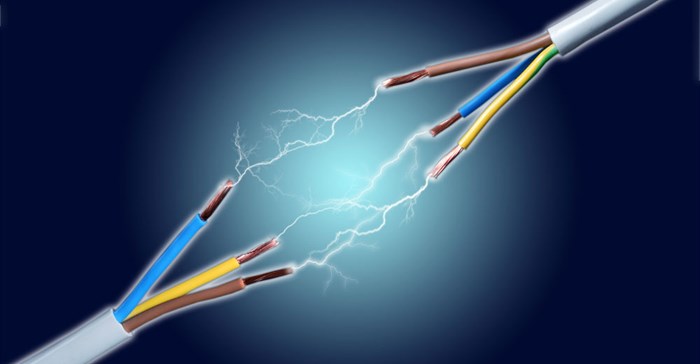Stable supply of electricity is vital for economy

Speaking at a breakfast of the Motor Industry Staff Association (MISA) at Automechanika Johannesburg on 7 May, political and trend analyst, JP Landman, provided facts and statistics to support his contention that a satisfactory and stable supply of electricity is vital not only for the effective functioning of industry and business - especially manufacturing - but it also had a very negative effect on business confidence and the sentiment of the general public.
He highlighted the massive effect the lack of regular maintenance over the years has had on the state of the generating equipment, saying the maximum capacity of Eskom and non-Eskom power generation was 44,149MW but only 29,000MW is being generated in recent times which equates to a 34% shortfall due to planned and unplanned maintenance and repairs. Landman said that demand was running at 31,000MW and this situation where demand far exceeded supply had to be rectified urgently.
Investment in infrastructure
However, on the positive side Landman added that there was ongoing substantial investment in infrastructure by the government. This amounted to R1.02tn (6.7% of GDP) for the five years to 2013 and stands at R1.08tn (6.2% of GDP) for the four years to 2017. This is the highest economic infrastructure spend in 25 years. Major beneficiaries are transport and logistics (R339.2bn), energy (R166.3bn) and water and sanitation (R117.4bn).
Landman went on to debunk the perception that the cost of an extensive and expanding social grant system was a drag on the economy. In fact, he said that even the current support for 17 million people equated to only 3.1% of GDP which is similar to the situation ten years ago and provides stimulus to the economy in terms of purchasing power and helps to alleviate poverty.
Another interesting observation was the fact that one must not consider a GDP growth rate in isolation. He said it must always be read in conjunction with population growth. Here he gave the example of sub-Saharan Africa where there was a GDP growth rate of 5%, but this was negated by a 5.8% rise in population numbers. This meant that people in that region were, in fact, getting poorer on a per capita basis.











